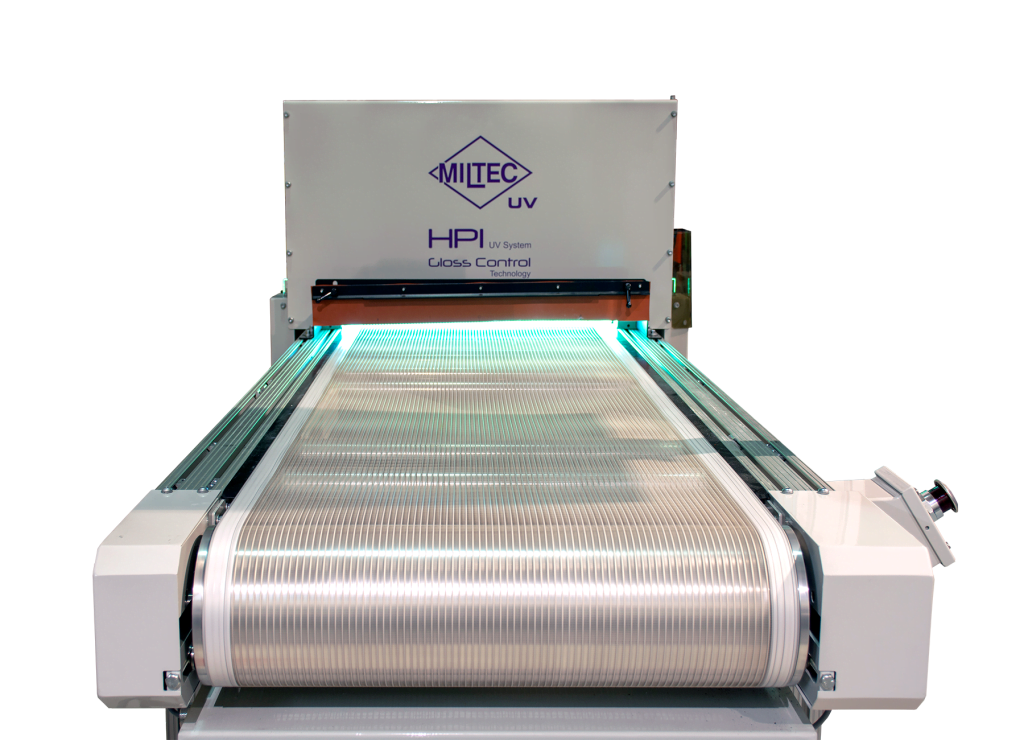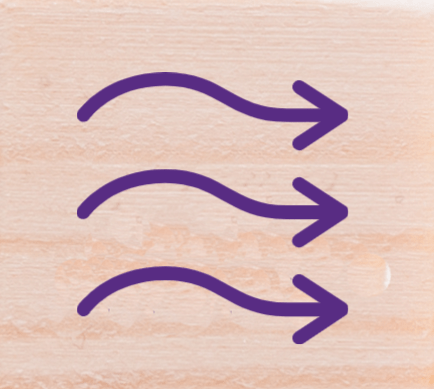Part 1 in Miltec’s Maintaining UV System Performance Blog Series
Is your UV curing system performing as it should? Are you constantly replacing overheated lamps? Maintaining a UV curing system is crucial to obtaining successful results in curing and saving money by reducing unexpected downtime caused by poorly maintained UV equipment.
In this blog series, we’ll discuss the four main ingredients comprise a healthy UV system: lamp cooling with adequate airflow, power supply maintenance, proper light shielding, and maintaining ballasts and bulbs. In this first of four blog posts, we’ll discuss the importance of cooling and airflow.
UV lamps operate at very high bulb surface temperatures of around 800°C or 1,500°F. This is necessary to maintain a consistent, fully developed mercury plasma state inside the UV bulb. More advanced UV lamp systems require a cooling system that keeps the lamp stable in that range and protects the integrity of the metal structure in which the lamp is operating.
The most common method to cool a UV lamp is with air flowing through its housing and across the UV bulb and reflector. It sounds simple enough, but there are several important factors to consider when designing a proper air-cooling system to ensure good, consistent UV output and long life for your UV bulbs.
UV lamps have a “cooling window” for proper air cooling. They can be over-cooled or under-cooled. To make it a bit more complicated, the amount of air needed to pass over the bulbs depends on your operating power level.
Most modern UV lamp systems are powered by variable power ballasts, which can deliver a range from 20% to 100% power to the lamp. Such a wide power adjustment range allows the lamp to change from about 130 Watts/inch to about 650 Watts/inch.
As the lamp ramps up in power, it requires more cooling air to be delivered past the UV bulb to prevent the UV bulb from overheating. Conversely, as the lamp power reduces, the cooling air must also reduce to ensure the lamp is not over-cooled.
Consequently, to avoid lamp cooling problems, the cooling system must adjust automatically to match the lamp power and heat load to maintain the lamp’s stability and ensure that it operates within its proper temperature range.
Lamps that operate in an “over-heated” condition have a shorter lamp life and possible lamp swelling or warping, which adversely affects the UV output. Lamps operating in an “over-cooled” condition will suffer from shortened lamp life and low UV output as well. When a lamp is over-cooling, it cannot develop the correct voltage and the current (amps) will remain high, putting adverse wear on the electrodes over time. In most cases, when the lamp is over-cooled, the mercury plasma will begin to become unstable, and the lamp will inadvertently extinguish.
Only when a lamp is operating within the correct cooling parameters consistently will the maximum lifespan of the UV bulb be realized, as well as consistent UV output from the UV bulb be achieved.
If you are having issues with bulbs warping or your lamps aren’t lasting as long as they should, it may be time for a FREE UV System Performance check. Request yours today.



